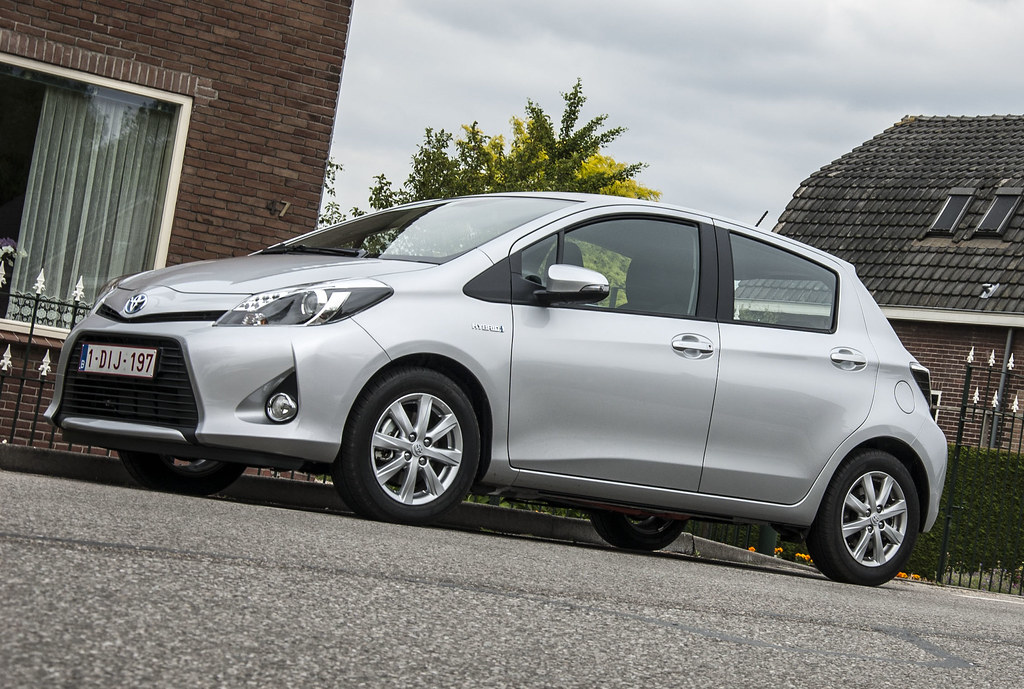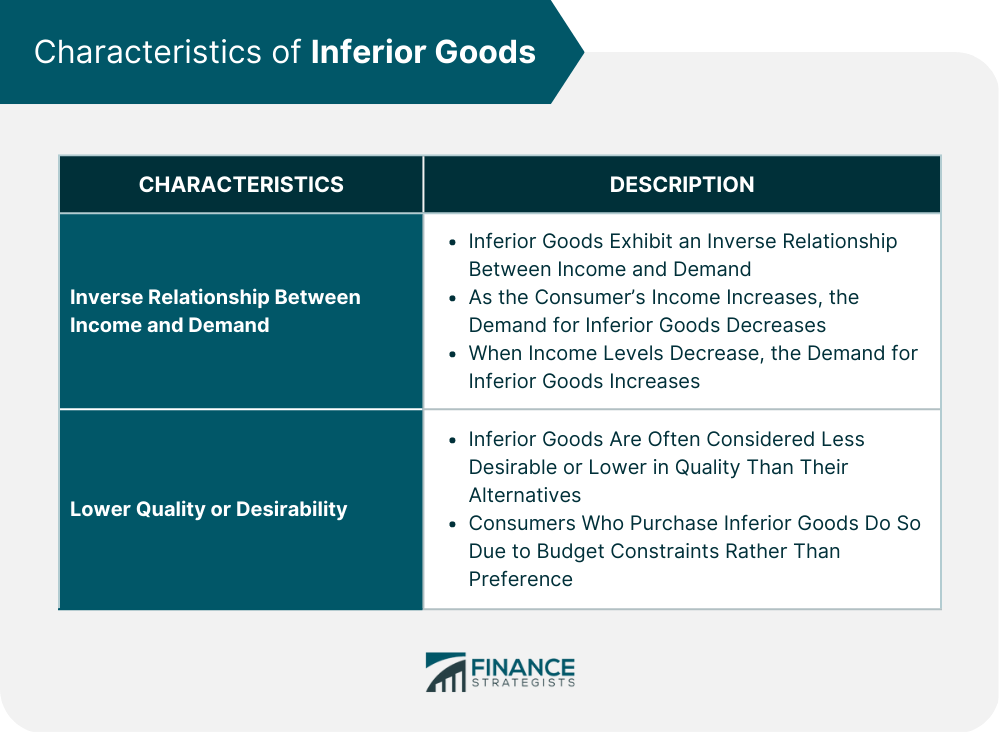When discussing the future of cars, electric vehicles (EVs) are often seen as the most viable option. However, Toyota—a leader in automotive innovation—has presented a compelling argument that challenges this narrative. The Japanese automaker’s 1:6:90 rule redefines our approach to reducing fossil fuel waste from automobiles.
The 1:6:90 Rule: A Game-Changing Disclosure
According to Toyota, the raw materials needed to produce one long-range EV could instead be used to manufacture six plug-in hybrids or an astonishing ninety hybrid vehicles. This revelation is part of Toyota’s broader strategy to focus more on hybrids than full EVs, a decision detailed in a confidential internal document intended for its dealerships. Unfortunately for Toyota, this report was leaked to the public via Twitter, sparking widespread discussion.
Tending to Worldwide Difficulties: Basic Mineral Stockpile Deficiencies
Toyota’s reasoning behind this procedure is well established in the real factors of current worldwide difficulties, including basic mineral stockpile deficiencies, charging foundation dependability, and vehicle reasonableness. Benchmark Minerals reports an overwhelming necessity of north of 300 new mines to satisfy worldwide battery need by 2035. Toyota contends that the stockpile of crude minerals fundamental for battery creation won’t stay up with request, possibly prompting deficiencies and raised costs. This worry is reverberated in the car business, for certain automakers previously putting resources into mining to get their stock chains.
Charging Foundation: Dependability Concerns
The charging infrastructure for EVs, another critical pillar for the adoption of electric vehicles, is also under scrutiny. Public chargers have gained a reputation for being unreliable, with Toyota highlighting the inconvenience of encountering a slow or malfunctioning charger during trips. The lack of standardization further exacerbates this issue, limiting access and reducing charging efficiencies.

Moderateness: A Significant Boundary
Affordability remains a significant barrier, with EVs generally costing more than their combustion engine counterparts. Although government subsidies and recent price cuts by Tesla are making EVs more accessible, the average transaction price for a BEV remains high, especially when considering the cost of home charger installations.
Toyota’s Aggressive Emanation Decrease Objectives
Toyota’s aggressive objective to “diminish fossil fuel byproducts however much as could reasonably be expected, quickly” remembers a 35 percent decrease for discharges from their vehicles by 2030 and a 90 percent decrease by 2050. They accept that half and halves offer a more plausible and quick way to accomplishing these objectives, given the ongoing difficulties. Under the 1:6:90 rule, Toyota sets that using similar measure of basic minerals for creating half breeds rather than a solitary EV would empower a more extensive reception of lower-outflow vehicles. Besides, they contend that the total carbon decrease accomplished by 90 half and halves is multiple times more noteworthy than that of a solitary EV over their lifetimes.
The Realistic Methodology: Inescapable Reception of Half and halves
Toyota’s position is clear: taking on cross breed innovation broadly isn’t just a commonsense reaction to the ongoing restrictions yet additionally a huge step towards decreasing worldwide fossil fuel byproducts. This approach highlights the significance of little, gradual changes made aggregately, as opposed to banking exclusively on great changes.
Challenges Ahead: Framework, Reasonableness, and Supply Chains
In the broader context, the EV industry faces a long and challenging road ahead. The infrastructure, affordability, and critical mineral supply chains must evolve to meet the ambitious goals for decarbonizing the transportation sector. Japan’s practical approach to overcoming natural resource constraints could offer valuable lessons in this journey.

Toyota’s Obligation to BEVs: A Decent System
While Toyota is not dismissing the potential of electric vehicles, acknowledging their commitment to launching ten new BEVs by 2026, their current emphasis on hybrids signals a strategic shift. This strategy, they argue, provides a ‘practical way forward’ in the immediate mission to reduce carbon emissions.
Analysis and Discussion: Industry Responses
However, this position has not done without analysis. Toyota’s sluggish hug of completely electric vehicles has drawn suspicion, especially considering their rivals’ forceful EV methodologies. The spilled report and Toyota’s public assertions have ignited a discussion on the best way towards feasible transportation.
Toyota’s 1:6:90 rule offers a fascinating perspective on addressing the urgent need for vehicle electrification amidst modern technological and logistical challenges. By leveraging hybrid technology, Toyota envisions a more comprehensive and rapid method of reducing carbon emissions, prompting both the company and consumers to rethink the future of automotive development. As the conversation evolves, it will be intriguing to see what Toyota’s approach means for the global auto industry.
Related posts:
Toyota’s 1:6:90 Rule – The Case for Hybrids
Toyota Will Still Sell Hybrids, Even If It’s “Fully Committed” To Electrification




